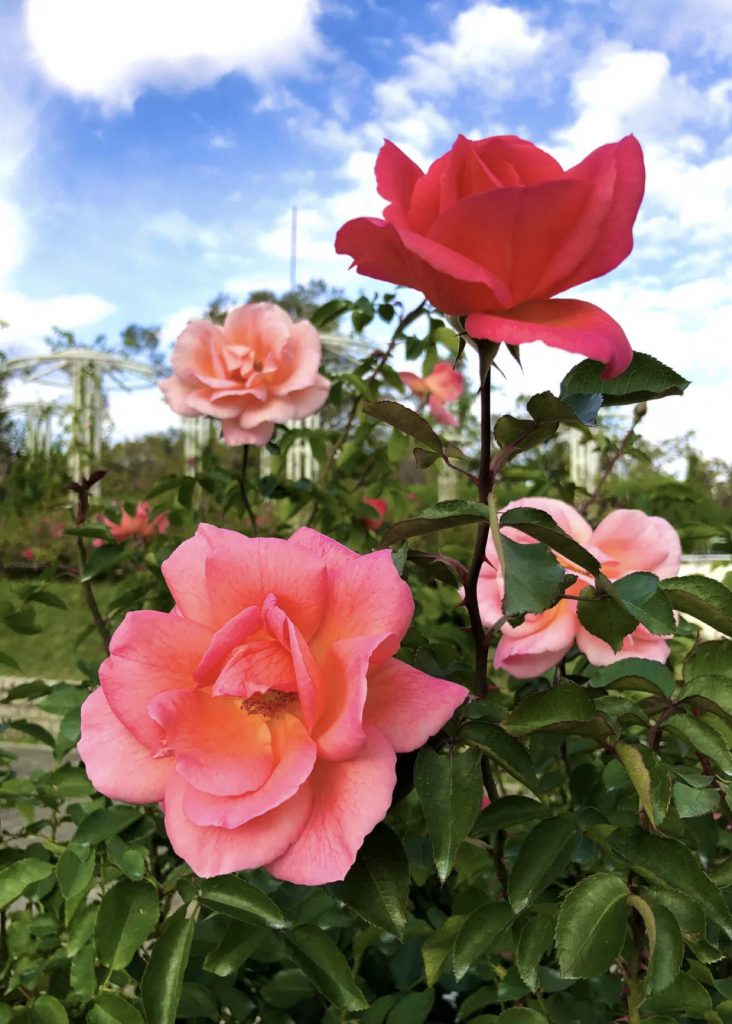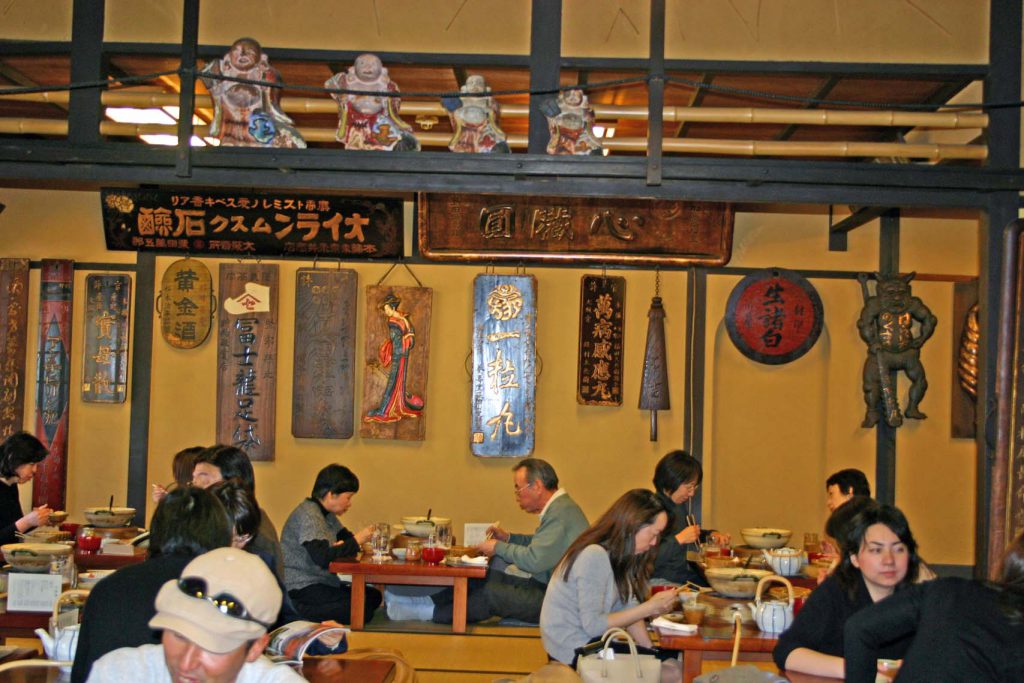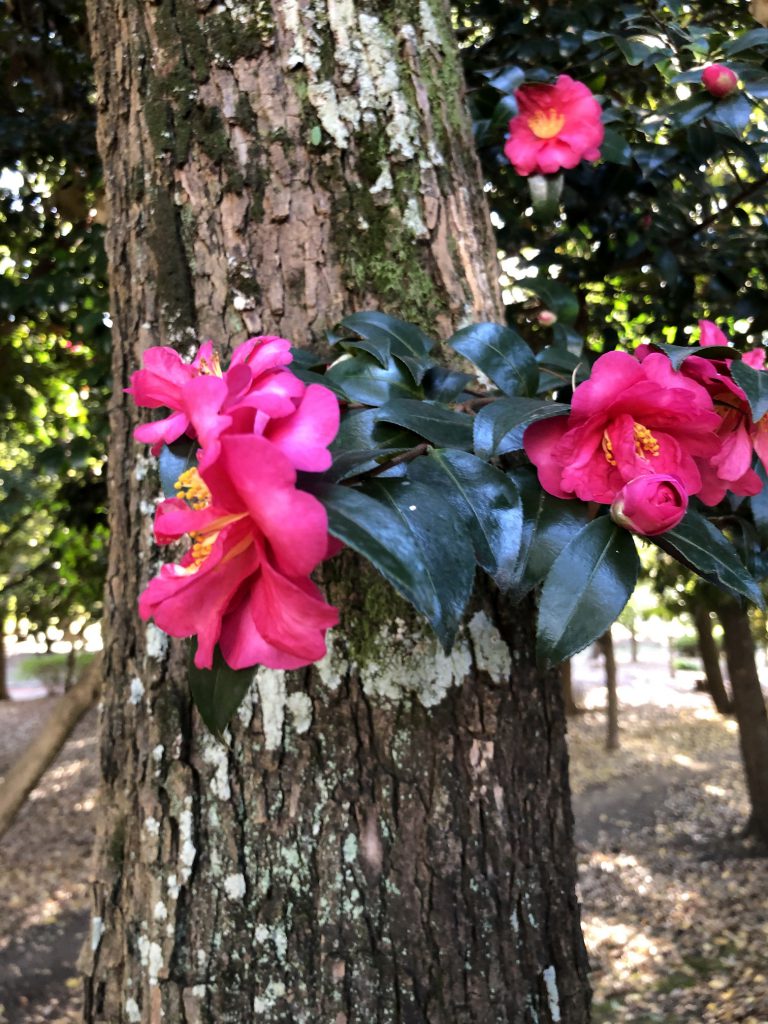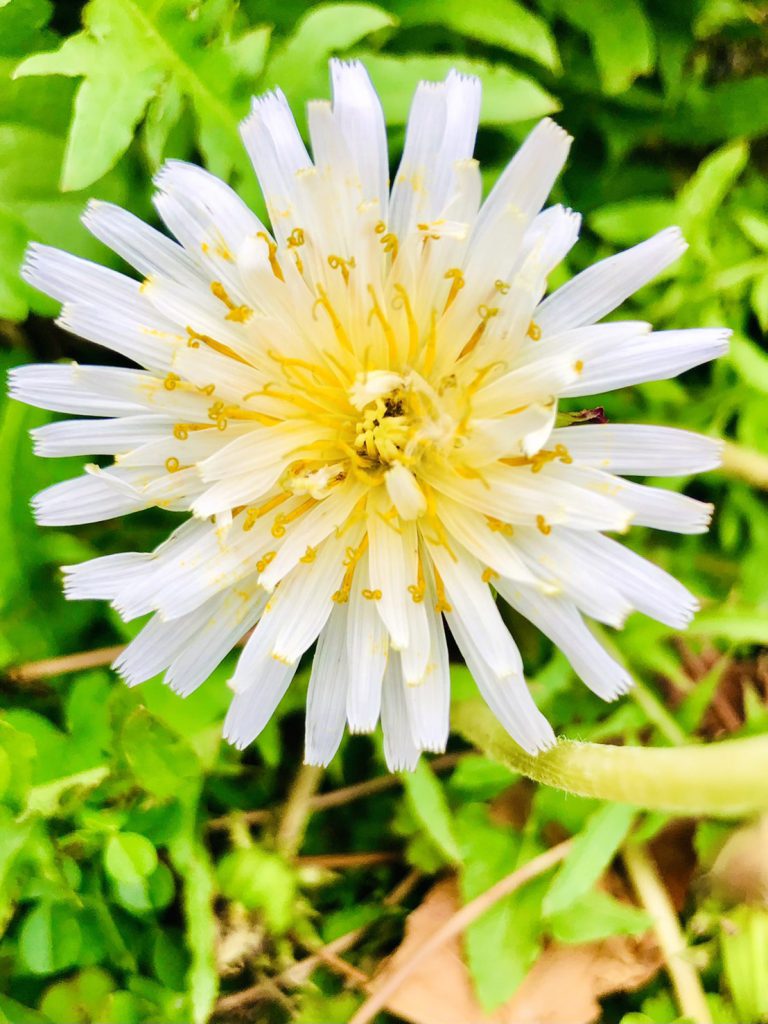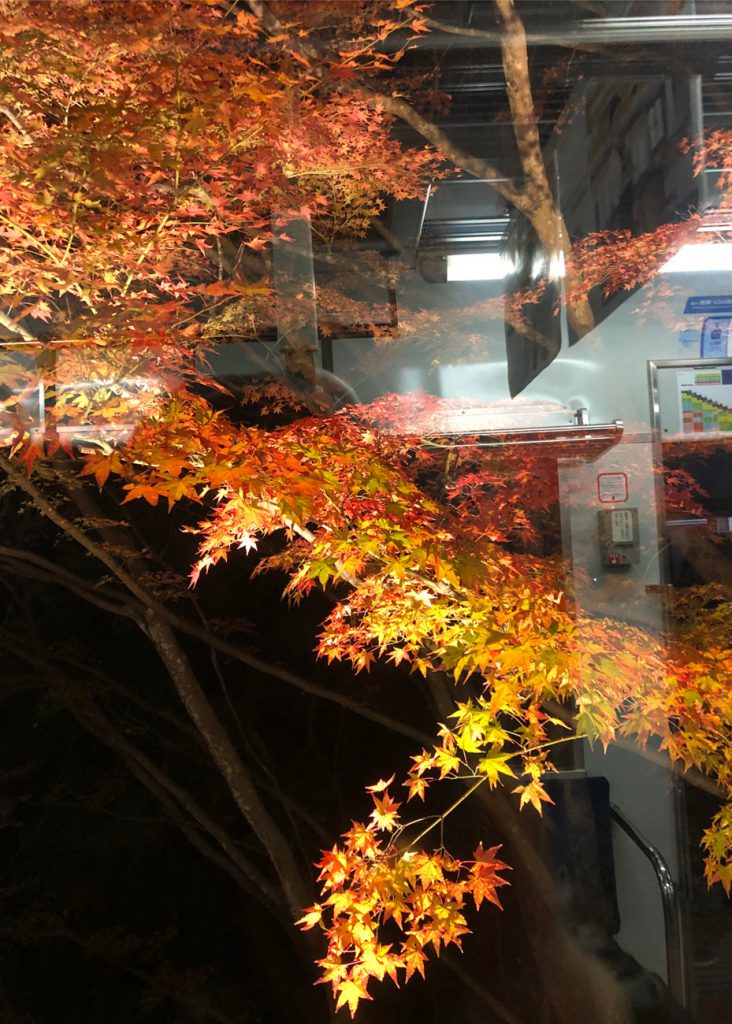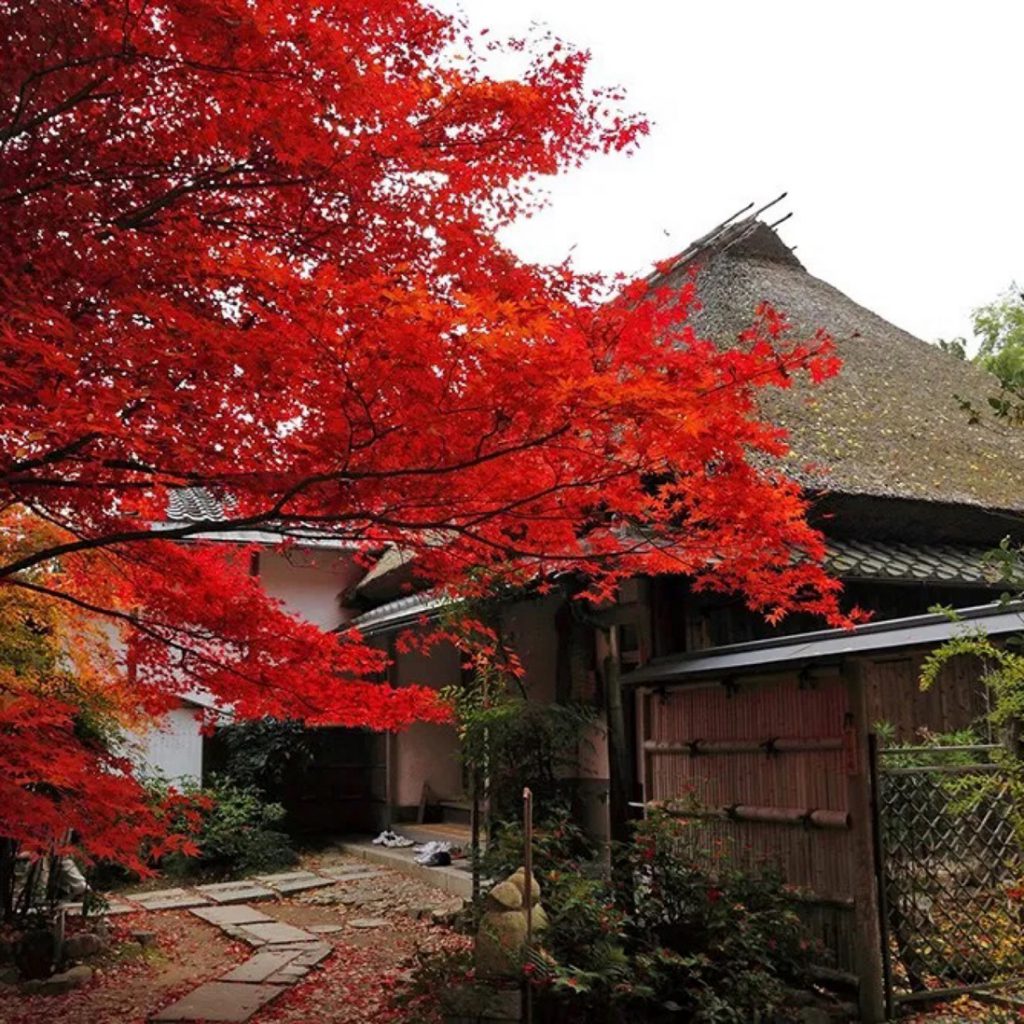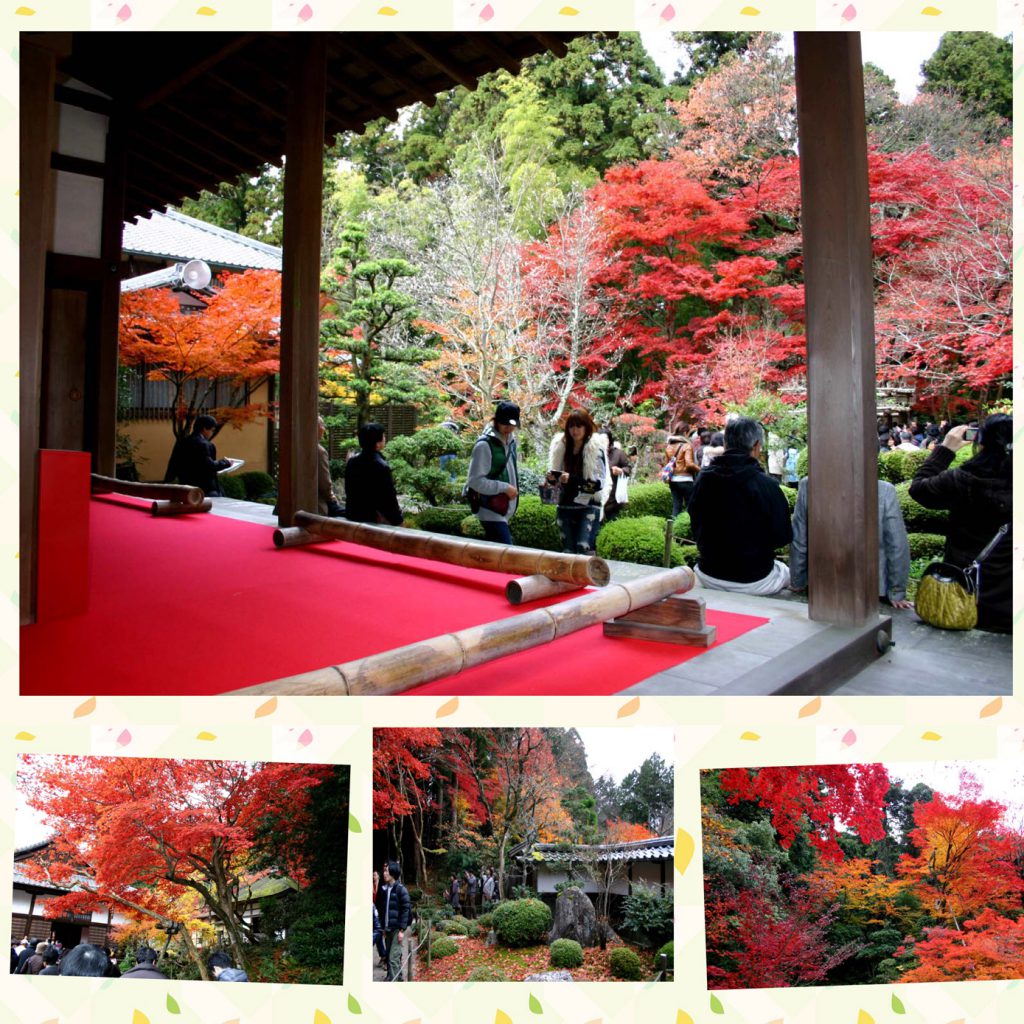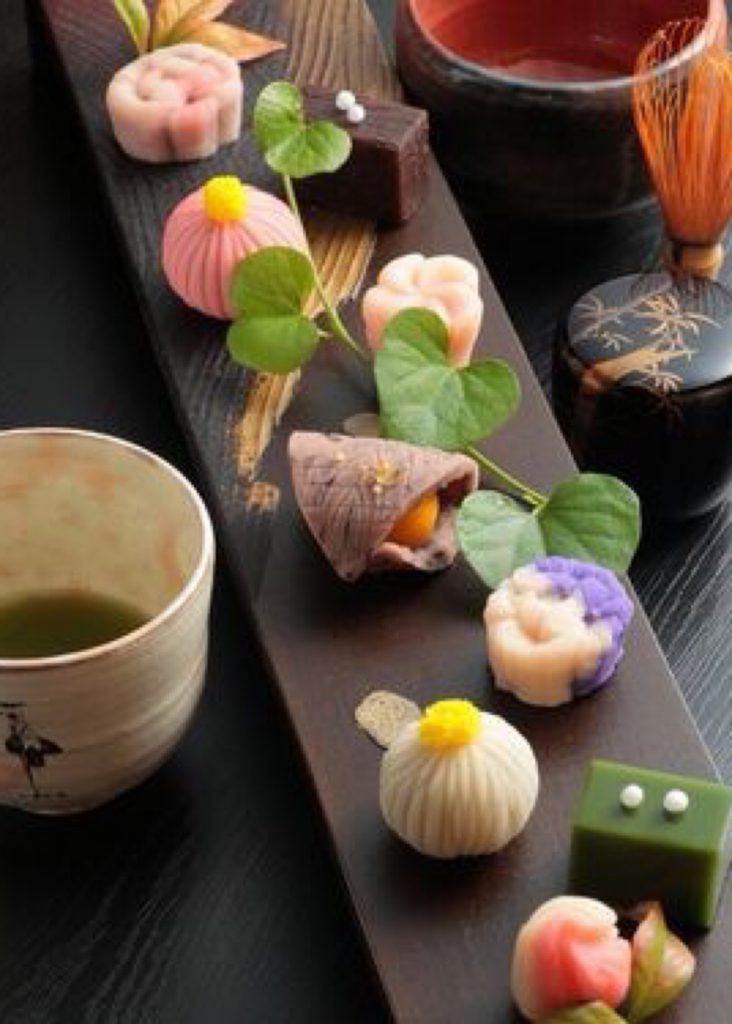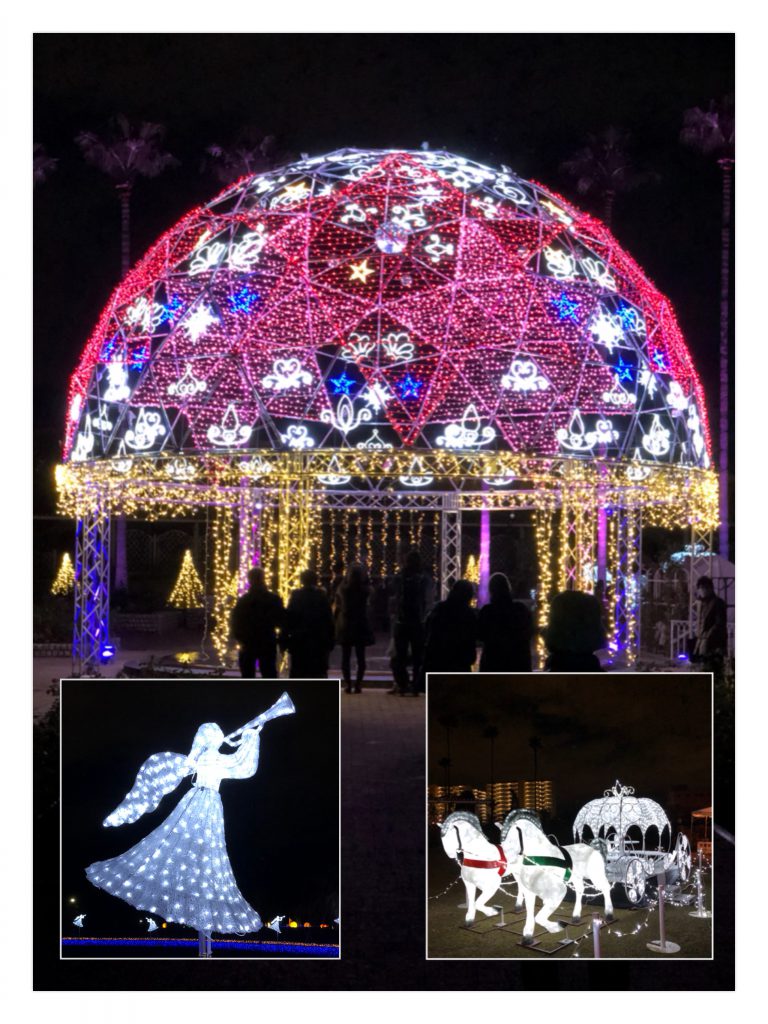
In the clear air, the fantastic illuminations have spread all over the country and have become an annual winter event. At first, Christmas trees were decorated with miniature bulbs and wheat bulbs , but in recent years, light emitting diodes with high output, low power consumption, and excellent durability and heat generation have become cheaper, which is also a cause of the spread. Due to the rise of blue and white light emitting diodes and their overwhelming expressiveness, they are often used for illumination. In addition to urban illuminations, the number of homes where individuals can enjoy decorating indoors and outdoors with illuminations has increased. However, each illumination contributes to power saving, but if it spreads nationwide, its power consumption will become enormous, and it is becoming a problem from the viewpoint of reducing carbon dioxide emissions.
澄んだ空気の中、幻想的なイルミネーションは、今や全国各地に広がり、冬恒例の行事になりました。最初はクリスマスツリーに豆電球やムギ球で飾ったものでしたが、近年、高出力で消費電力も少なく、耐久性や発熱面でも優れた発光ダイオードが安価になったと言う事も広がりの原因になった様です。青色発光ダイオードや白色発光ダイオードの台頭や、その圧倒的な表現力により、イルミネーションには多用されています。都市イルミネーションだけでなく、個人でも室内外をイルミネーションで飾って楽しむ家庭が増えました。ただ、一つひとつのイルミネーションは省電力に寄与しますが、これだけ全国的にも広がると、その消費電力は莫大になり、二酸化炭素排出削減の観点から、問題になりつつあります。

